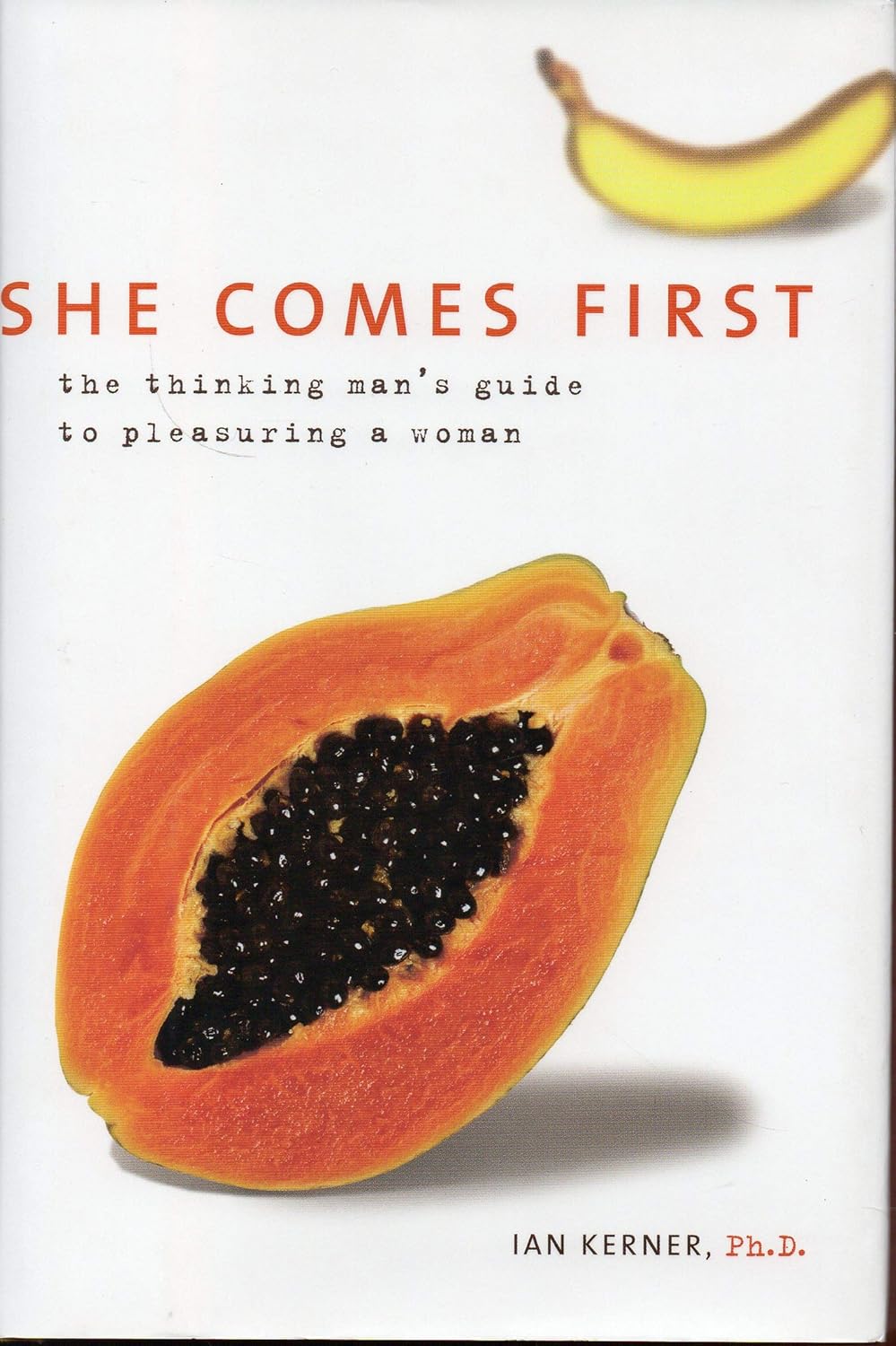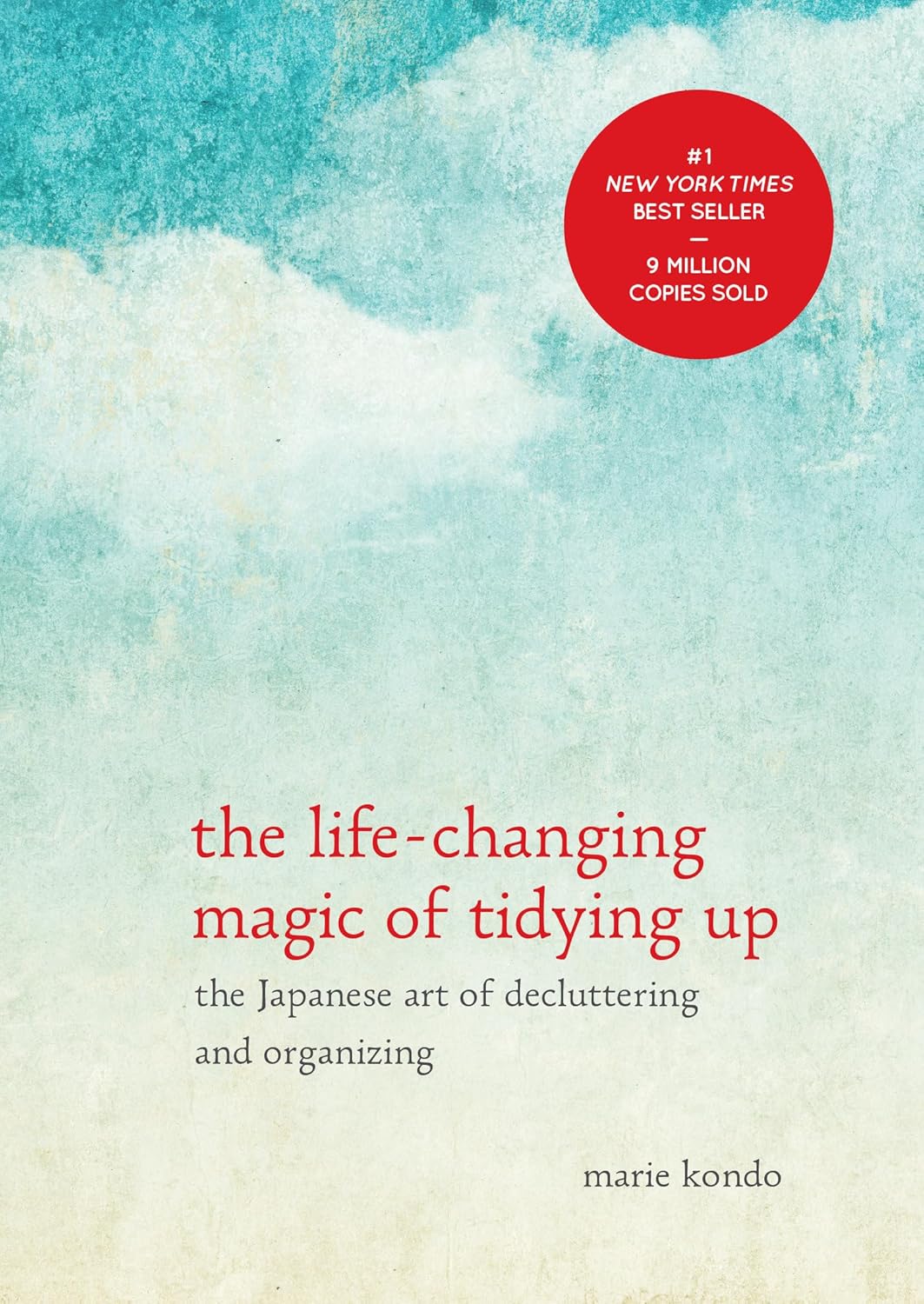
Buy The Book
Maybe You Should Talk To Someone: A Therapist, HER Therapist, and Our Lives Revealed

About
Lori Gottlieb, a seasoned psychotherapist, invites readers into the often-hidden world of therapy in “Maybe You Should Talk to Someone.” This memoir chronicles Gottlieb’s parallel experiences as both a therapist navigating her patients’ lives and as a patient seeking help after a sudden breakup.
The book weaves together Gottlieb’s journey with those of her patients – John, a self-absorbed television producer; Julie, a young newlywed facing a terminal illness; Rita, a depressed woman contemplating suicide; and Charlotte, a senior citizen struggling with loneliness. Through their stories, Gottlieb explores universal themes of love, loss, change, and the search for meaning. The book offers an insightful and relatable perspective on the therapeutic process, highlighting the power of human connection and the potential for personal growth through self-reflection and vulnerability.

Spark
Learn
Review
✦ Part One (Chapter 1-17)
Life can shift in an instant, leaving a sense of disorientation and loss. The story begins with an unexpected breakup so jolting that it sets off a spiral of self-reflection and soul-searching. Feelings of grief, anger, and confusion mix with a yearning to make sense of what happened. The unraveling of a relationship forces a closer look at personal struggles and past choices, creating an undeniable need to confront buried emotions. Therapy becomes a lifeline, a place to examine not just the heartbreak but the patterns and behaviors that may have contributed to it. Vulnerability becomes unavoidable, highlighting the fragility and complexity of human emotions.
Within the therapy room, the intersection of personal and professional worlds becomes a recurring theme. Being both a therapist and someone in the midst of personal turmoil creates an intriguing tension. The dual roles offer a glimpse into the humanity of therapists, who are often perceived as having it all figured out. The boundaries between the roles are blurry, sometimes leading to humorous or poignant moments. Vulnerability is not one-sided; the act of opening up to another person exposes both the client and the therapist to the shared experience of being human. These glimpses into personal struggles highlight the universality of emotions like sadness, hope, and the need to be understood.
The clients in therapy bring their own stories and challenges, each one unique yet oddly familiar. Through their lives, patterns of behavior emerge—struggles with relationships, loss, self-esteem, and identity. Parallels between the clients’ stories and the therapist’s life invite a deeper reflection on how everyone carries unspoken fears, desires, and wounds. The therapeutic process inspires honesty, not just in the clients but in the therapist, who is pushed to confront personal truths that may have gone unaddressed.
Humor serves as a surprising yet vital tool in the process of healing. Amidst the heaviness of grief and emotional pain, moments of levity bring balance and perspective. Laughter becomes a way to cope with the absurdity of life’s twists and turns, as well as a reminder that joy and sorrow often coexist. Therapy reveals the unpredictability of emotions, the inevitable messiness of relationships, and the resilience required to face life’s hardships.
The connections formed with others—both inside and outside the therapy room—become increasingly significant. Relationships are shown to be central to identity, offering both challenges and profound opportunities for growth. The interplay between therapist and client demonstrates the mutual exchange of wisdom that occurs in these interactions. Insights shared in sessions ripple outward, influencing the way people understand themselves and others.
Through the lens of therapy, the transformative power of connection becomes clear. It is through those connections that the process of healing takes root. Themes of growth, acceptance, and self-awareness dominate, highlighting the importance of facing one’s fears and embracing change. While the journey is far from neat or predictable, it is filled with moments of clarity that illuminate the path forward. The experience of therapy underscores the shared human longing for understanding, connection, and the courage to face an uncertain future.
✦ Part Two (Chapter 18-30)
Growth becomes a messy and unpredictable process, filled with setbacks, breakthroughs, and moments of clarity. Change rarely follows a straight path, and progress often involves returning to old wounds, reevaluating past choices, and sitting with discomfort. Facing fears and leaning into vulnerability can feel daunting, but it also creates opportunities for self-discovery. The moments of transformation don’t come easily; they require honesty, patience, and a willingness to confront painful truths. Healing is less about erasing the past and more about understanding it, making peace with it, and using it as a foundation for moving forward.
The stories unfolding in the therapy room highlight the complexities of human nature. Patterns begin to surface—habits that feel impossible to change, defenses built over years, and fears that keep people stuck. Breaking free from these cycles takes courage, and the process is imperfect. Setbacks are part of the journey, as are moments of doubt and resistance, but with time and persistence, the glimpses of progress become more frequent. Change is not just about fixing what is broken; it’s about learning to live authentically and with intention.
Empathy becomes a powerful force, shaping relationships both within and beyond the therapy room. Understanding and validating someone else’s perspective doesn’t mean agreeing with them, but it creates a bridge that fosters connection. The act of truly listening to someone’s pain, joy, or fear builds a sense of shared humanity. This sense of connection becomes a crucial element of healing, especially in a world where people often feel isolated in their struggles. The ability to extend compassion to others also encourages the practice of self-compassion, which is often the hardest form of kindness to give.
Personal revelations continue to emerge, each one adding a new layer to the understanding of what it means to be human. The search for meaning becomes a central theme, as questions about identity, purpose, and the passage of time take shape. The exploration of how the past informs the present reveals just how interconnected life’s moments are. Certain events, even those long forgotten, leave imprints that influence decisions, relationships, and perceptions. Acknowledging these connections brings clarity and opens the door to making more conscious choices moving forward.
Through relationships with others, the balance between dependence and independence comes into focus. The need for connection and support doesn’t negate the importance of maintaining individuality and self-reliance. Authentic relationships become a source of strength, offering both comfort and growth. They provide a mirror, reflecting not just who someone is but also who they have the potential to become. The courage to show up honestly in these relationships creates opportunities for deeper bonds and mutual understanding.
Hope emerges as a thread running through the process of healing. While life remains unpredictable, and challenges continue to arise, the possibility of transformation brings a sense of purpose. Accepting imperfections, embracing vulnerability, and choosing to live with intention reveal the resilience that lies within. The journey is far from over, but it highlights the strength and beauty in the act of striving for a better, more meaningful way to live.
✦ Part Three (Chapter 31-45)
The process of healing deepens as it intertwines with the complexities of life, relationships, and self-discovery. Change begins to feel more tangible, but it comes with its own set of challenges. Growth is not a single moment of clarity but a continual effort, filled with both triumphs and setbacks. Patterns that once seemed immovable start to shift, though not without resistance. Letting go of old habits, defenses, and identities can feel like losing parts of oneself, even when they no longer serve a purpose. Progress requires patience, resilience, and a willingness to stay present with discomfort.
The therapeutic process becomes a clearer reflection of human nature itself—messy, unpredictable, and deeply interconnected. The layers of one’s story continue to unfold, revealing how past wounds, relationships, and choices shape present struggles. The realization emerges that pain is not something to escape but something to face directly. By leaning into vulnerability, the path to healing becomes clearer, though the journey is never easy. Sometimes, it’s the smallest insights or shifts in perspective that carry the most profound impact.
The barriers within relationships, both with oneself and with others, become more evident. The tension between the desire for connection and the fear of rejection or judgment can feel overwhelming. Trusting others, or even trusting oneself, requires bravery. Relationships function as mirrors, reflecting the unresolved parts of the self while also offering opportunities for growth and connection. Forgiveness becomes a recurring theme—not just forgiving others for their flaws or mistakes, but also forgiving oneself for past decisions or perceived shortcomings. This act of grace allows for a deeper sense of freedom and self-acceptance.
Empathy continues to play a central role in the process of understanding and connection. Truly witnessing someone else’s pain, joy, or uncertainty fosters a sense of mutual humanity. It becomes clear that everyone, no matter their story, is seeking love, acceptance, and a sense of belonging. By learning to listen more fully to others, the capacity to listen to oneself also expands. Extending compassion outward creates a ripple effect, making it easier to embrace personal imperfections and vulnerabilities.
As the process of healing progresses, the interplay between past, present, and future takes on greater meaning. The past no longer feels like a weight that holds one back but a series of experiences that have shaped who one is today. The present becomes less about avoiding pain or seeking happiness and more about embracing life as it is—messy, imperfect, and full of both beauty and sorrow. With this perspective, the future feels less daunting and more like a space of possibility.
The thread of hope strengthens, weaving its way through the layers of growth, struggle, and acceptance. Life’s uncertainties remain, but they no longer feel as paralyzing. The willingness to embrace the unknown, to live with intention, and to find meaning in both the joys and hardships of life becomes a source of strength. Healing isn’t about reaching a perfect destination but about learning to navigate the complexities of life with greater clarity, compassion, and courage.
✦ Part Four (Chapter 46-58)
The journey toward healing becomes a mosaic of breakthroughs, setbacks, and realizations. The process doesn’t offer a clean finish or tidy resolutions but instead unfolds in layers, revealing the messy beauty of being human. Growth takes on a deeper meaning as it becomes clear that transformation isn’t about erasing pain or achieving perfection. Instead, it’s about learning to live with pain, finding strength in vulnerability, and creating a life that feels authentic and meaningful. The moments of clarity that arise aren’t always monumental; sometimes, they’re quiet shifts that signal profound inner change.
The idea of control begins to loosen, replaced by an acceptance of life’s unpredictability. Striving to avoid discomfort or uncertainty feels futile, as life continues to present challenges outside of anyone’s control. Surrendering to this reality doesn’t mean giving up but instead choosing to engage with life on its own terms. The focus shifts from trying to “fix” everything to learning how to coexist with imperfection, both in oneself and in others. This acceptance creates a sense of freedom, allowing space for joy, sorrow, and everything in between.
Relationships take on even greater significance as they reflect the complexities of connection, trust, and vulnerability. The tension between needing others and fearing rejection or disappointment becomes a source of growth. Genuine connection requires risking discomfort and choosing openness, even when it feels easier to retreat or guard oneself. The courage to show up fully, flaws and all, deepens bonds and fosters a sense of belonging. Forgiveness continues to emerge as a key theme—letting go of resentment, releasing blame, and finding peace with both others and oneself.
Empathy remains a cornerstone of understanding and connection. The act of truly hearing and seeing another person creates a sense of shared humanity that transcends individual struggles. By practicing empathy for others, there’s a growing ability to turn that same compassion inward. Self-compassion becomes a vital part of healing, offering relief from the inner critic that often fuels shame or self-doubt. The realization that everyone carries their own burdens fosters a deeper sense of kindness, both outwardly and internally.
The interplay between past, present, and future becomes more nuanced. The past no longer feels like a source of regret or a burden to escape but instead becomes a part of the larger story of one’s life. The present moment feels more vivid, less overshadowed by what has already happened or what might come next. This shift allows for a greater appreciation of life’s fleeting beauty, even in its imperfection. The future, once a source of anxiety, now holds the potential for possibility and purpose.
Hope weaves its way through the narrative, not as a promise of a perfect outcome but as a quiet assurance that change and growth are always possible. Healing doesn’t mean eliminating pain but rather learning to carry it with grace and understanding. Life remains unpredictable, relationships remain imperfect, and emotions remain complex, but the ability to navigate it all with authenticity and courage feels like the truest measure of progress.
For People
– Therapists
– Therapy patients
– Individuals interested in psychology
– People experiencing life transitions
– Readers seeking personal growth
Learn to
– Increased self-awareness
– Reduced stigma surrounding mental health
– Improved understanding of therapy
– Enhanced empathy
– Greater acceptance of vulnerability









